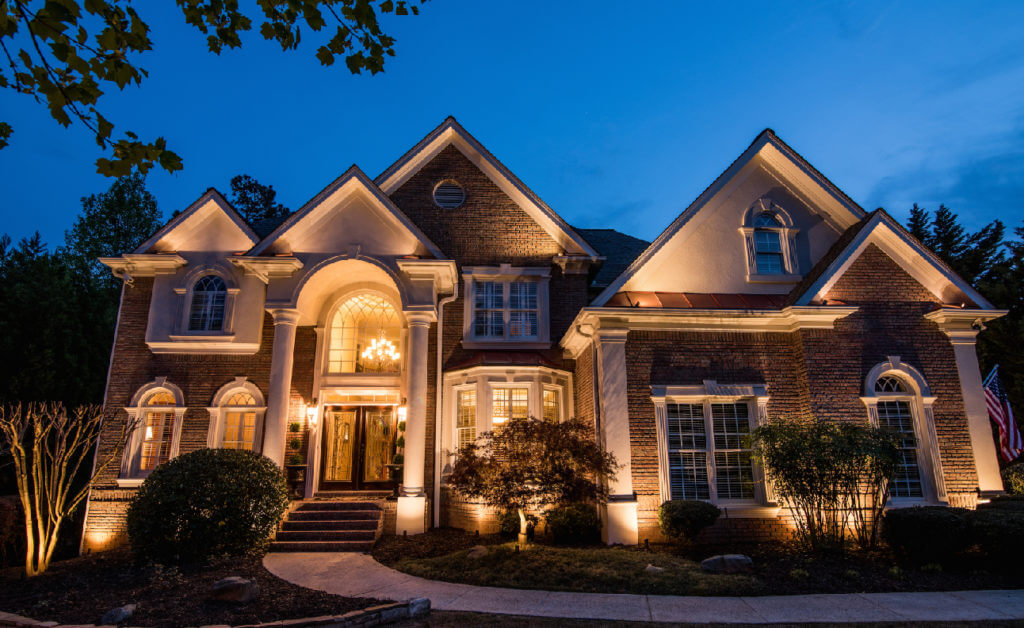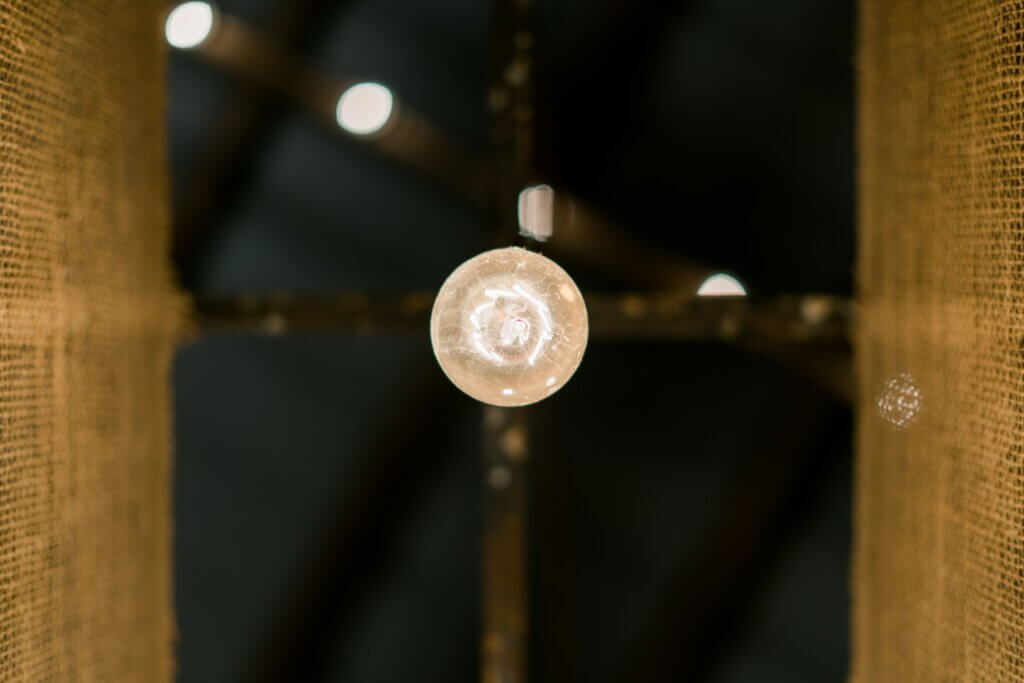LED (Light Emitting Diodes) lights are the latest technological advancement in the lighting industry. These are small, solid bulbs that are energy-efficient and long-lasting. There are many advantages and disadvantages to switching to LED bulbs. HereGeorgia Lightscapes goes through a few things to consider when making the switch to LEDs.
Advantages
LED Lifespan
The components of an LED light significantly extend the lifespan of the bulb. LED bulbs use low heat levels, are durable, and energy-efficient. Combined, these things make it possible for LED bulbs to outlast many other types of lights.
Typically, in non-LED bulbs, the filament weakens over time which may cause the bulbs to ‘burn out’. LEDs don’t burn out in the same way. The amount of light they produce decreases gradually in what is called ‘lumen depreciation’. The lifetime of an LED bulb is based on how long it takes for the lumen output of the bulb to decrease causing it to likely last longer than the average rated lifetime hour listed on the box (if you don’t mind or don’t notice the decreased illumination).
LED Energy Efficiency
LEDs are high-efficiency light sources. LED lighting is famous for being more energy-efficient than other light bulbs. To determine the energy efficiency of light bulbs, experts measure how much of the electricity converts to heat and how much converts to light. Because of their high lumen output per watt, LEDs are capable of turning about 70% of their energy into light. It only takes a 6-watt LED bulb to produce the amount of light that a 40-watt incandescent does, and their lower temperature also makes them safer to operate.
Heat
Some incandescent bulbs can get so hot that they have been known to cause fires when set near flammable material. LEDs don’t produce heat in the form of infrared radiation like incandescent bulbs, making them hot to the touch. However, LEDs do produce heat at the semiconductor junction within the device. The wall-plug efficiency of LED packages is typically in the region of 5-40%, meaning that somewhere between 60-95% of the input power is lost as heat.
Brightness
Lumen output is what determines the brightness and the term and measurement used for light bulbs. Although LEDs have high efficiency and consume a small amount of power, the devices produce a small total number of lumens. For example, a 60-watt incandescent bulb with an efficiency of 20 lm/W produces 1200 lumens. A one-watt LED with an efficiency of 30 lm/W produces only 30 lumens i.e. 40 such LEDs are required to produce the same amount of light as the incandescent bulb.
New LED technology is changing consistently; requiring far less energy to give off the same amount of light.

Disadvantages
LED Price
LED lights are still a fairly new technology and use high-quality materials which can cause them to cost about twice as much as incandescent lighting. Despite the initial investment, many people find LEDs recoup their cost in energy savings over a longer lifetime.

Call Us Today
If you are in the market to convert your old lights with energy-efficient LED lights contact Georgia Lightscapes. We will start with a review and audit of your home’s needs, guide you through our competitive options for new lights, install, and test all your new lights to make sure they are all working properly. Give us a call today for a free quote.

